
Small Changes That Make a Big Difference in Your Child’s Happiness
Children deserve to grow up happy, loved, and supported no matter their environment. According to an article on child development, various factors contribute to children’s

Children deserve to grow up happy, loved, and supported no matter their environment. According to an article on child development, various factors contribute to children’s
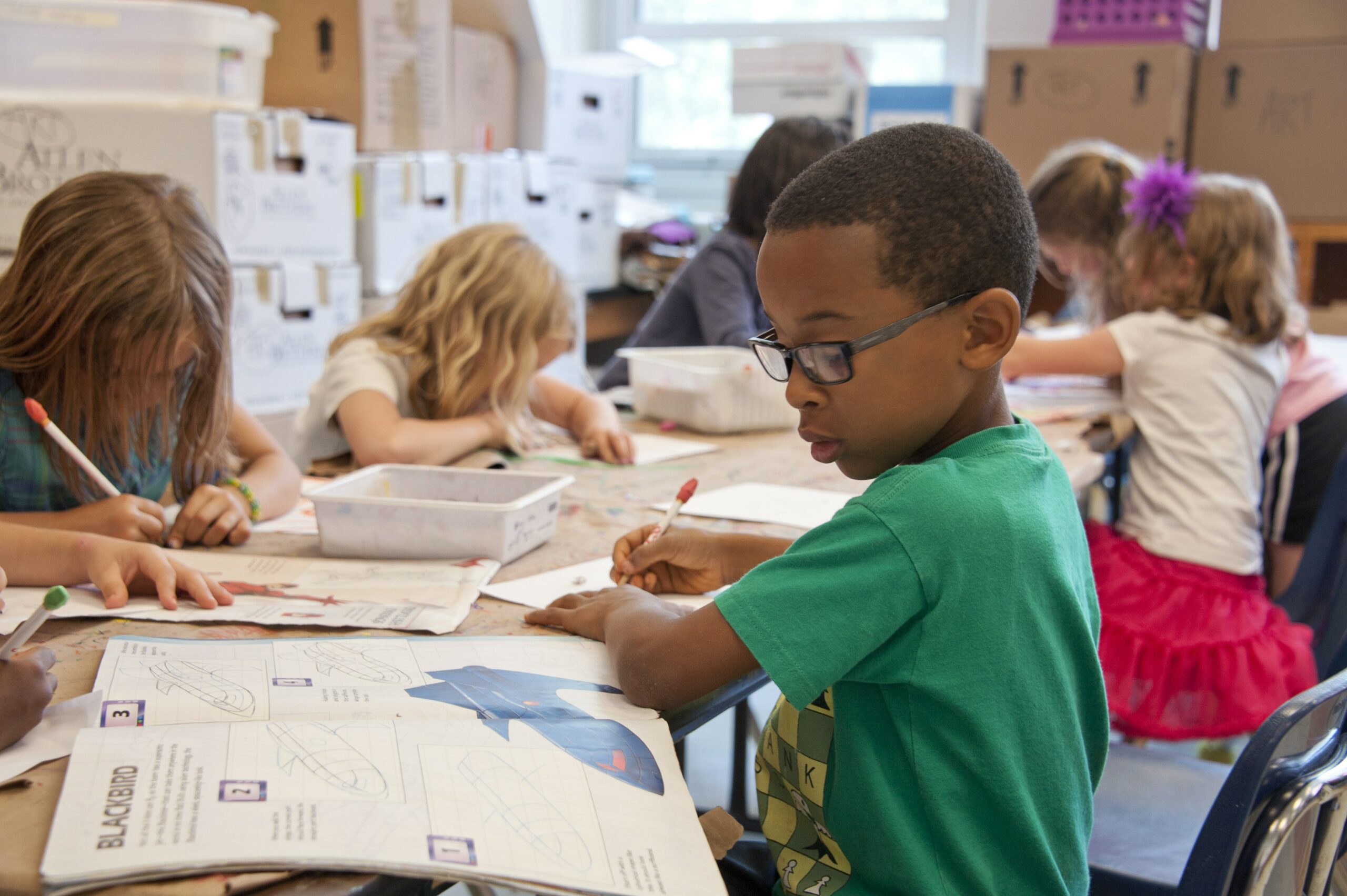
Every teacher wants their students to feel emotionally supported in their classroom–when a child feels emotionally stable, they can take in and learn information. The
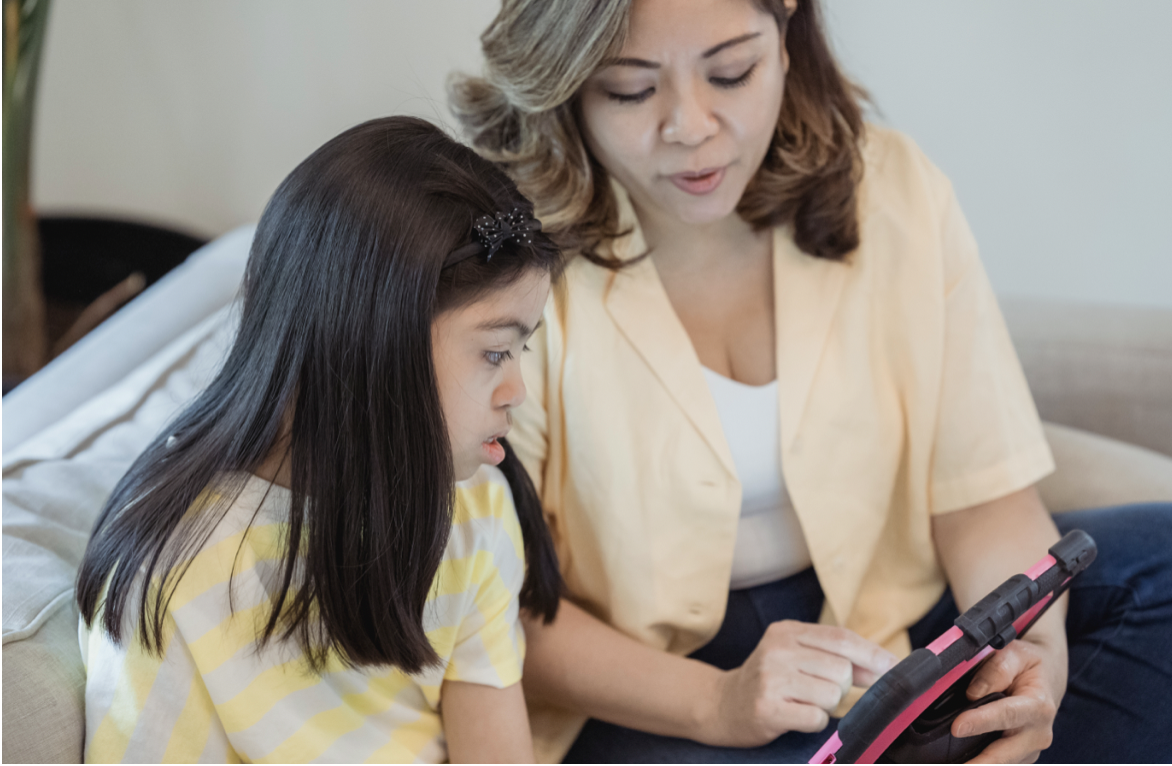
We want to shelter our children from all forms of harm or danger. In the age of information, however, this can be a challenge. Many

Moving is not a simple, straightforward process that always goes according to plan. And if you have kids, you can expect a few unexpected surprises

Navigating a divorce is no easy venture, especially if children are involved in the mix. If you’re stressed out or visibly affected by any major

It’s back to school time again and most educators are acutely aware of the potential social emotional needs of students. Last school year was a
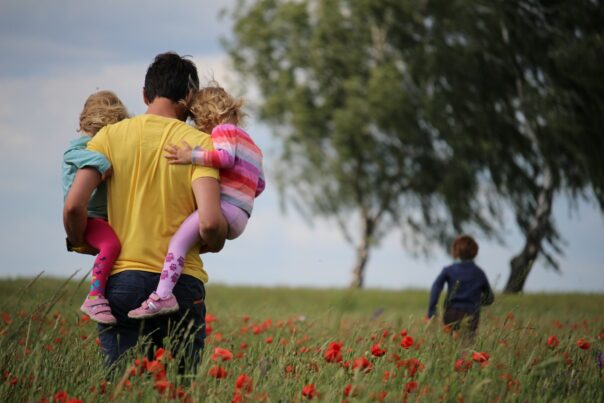
We often associate wellness with physical health. However, wellness is described by the Global Wellness Instituteas the “active pursuit of activities, choices, and lifestyles that

Raising kids with special needs can be a labor of love sometimes. While the rewards are immense, it’s a task that taxes one mentally, physically,
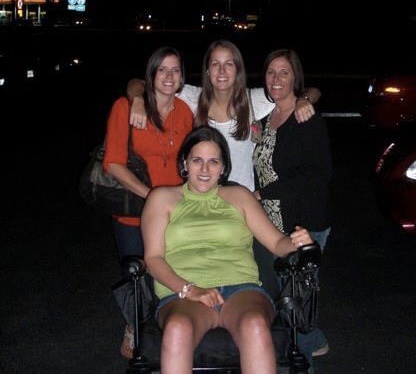
Written by Tara Imperatore Each year, millions of Americans face the reality of living with a mental illness. May is a time to raise awareness of

Is Your Child Stressed? Caught up in our own challenging day-to-day lives, we often assume our children live a relatively carefree life without stress. But
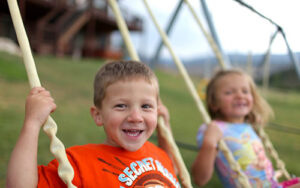

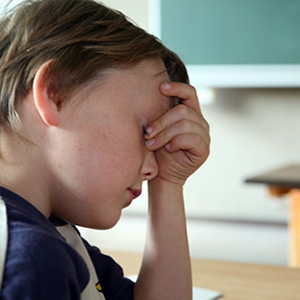

Join our community to get the latest tips, exclusive offers, and updates straight to your inbox. Don’t miss out—subscribe now and be the first to know!